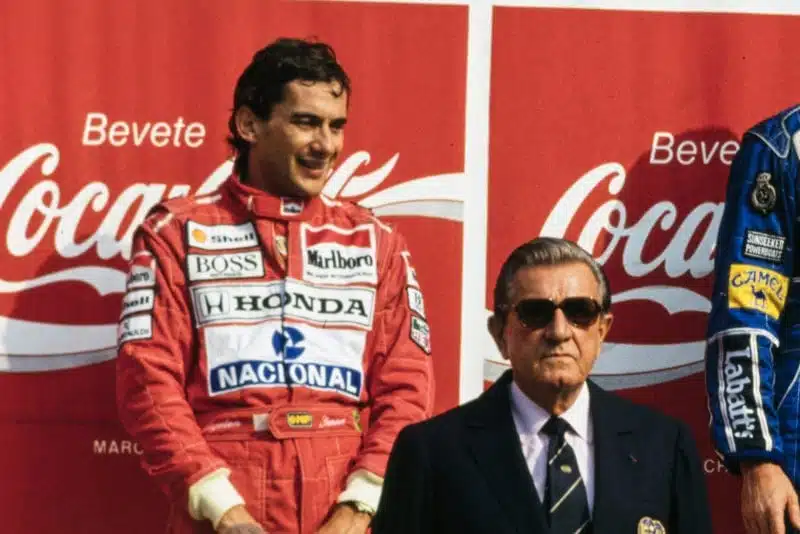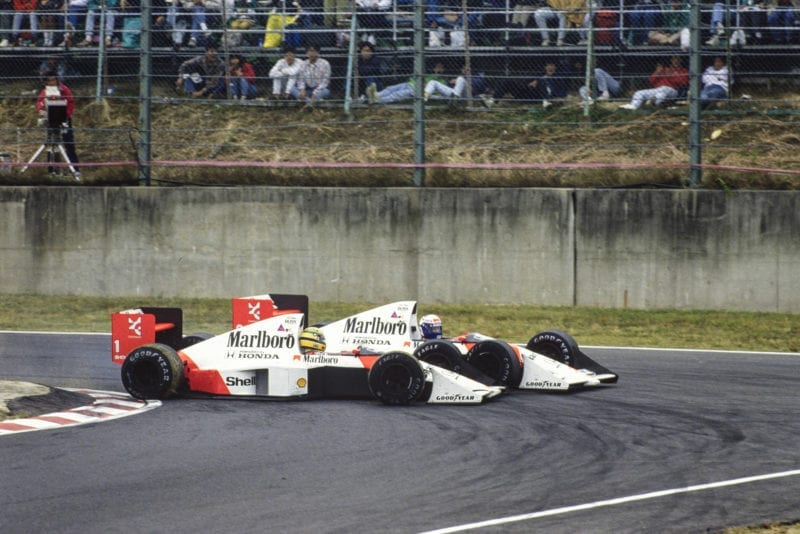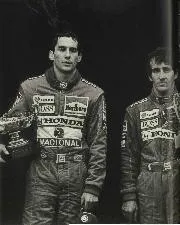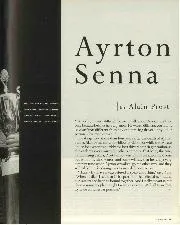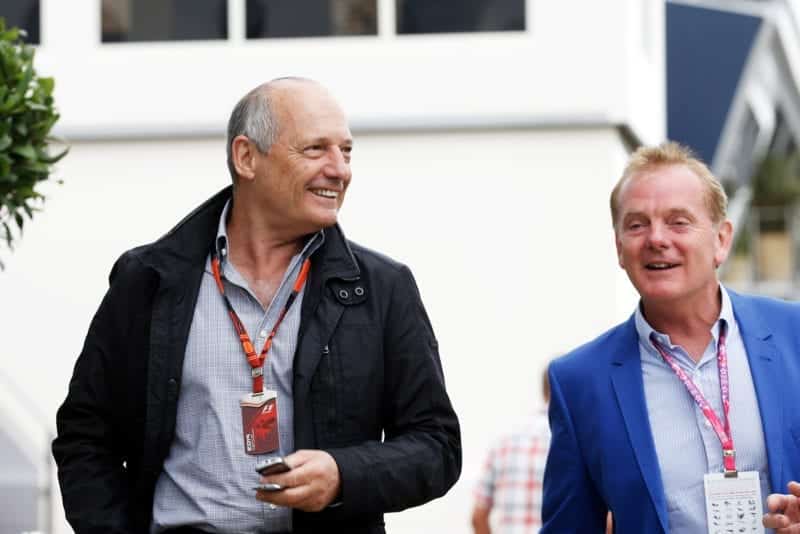Senna’s Japanese Grand Prix disqualification, which confirmed the ’89 drivers’ title for his then McLaren team-mate Prost, did not end with FISA upholding the decision after McLaren’s appeal. On November 10, a few days after the season ended, Senna accused Balestre and FISA of fiddling the championship outcome.
“It was clear that political and economic pressure groups manipulated behind the scenes to make Prost world champion,” Senna asserted in a press conference in Brazil. Balestre fumed.
Senna was summoned to a meeting with the FISA president on December 6 – where he was reportedly offered a truce – followed by an appearance in front of the World Motor Sports Council (WMSC) the following day. But throughout Senna was unrepentant.
The WMSC voted that Senna’s 1990 superlicence application would be refused unless he withdrew his allegations. Without the licence, he would not be racing in F1.
The decision was initially kept under wraps, but after a month of silence from Senna, Balestre and FISA went public in the new year.
As if more froth was needed, McLaren was simultaneously challenging the handling of the Suzuka appeal in the civil courts. Team boss Ron Dennis asserted: “This is not going to get tucked under the carpet. What took place was wrong – fundamentally wrong.”
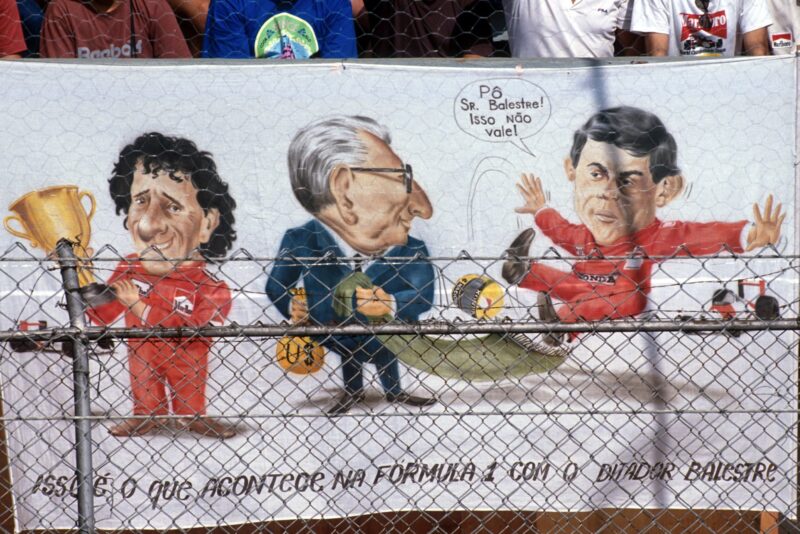
Brazilian fans give their view of Balestre at Interlagos in 1990
Motorsport Images
January 31 was the deadline for teams to notify FISA of their wish to enter the 1990 championship. As this passed FISA returned McLaren’s official entries for both its cars. Balestre said this refusal would hold until FISA got its apology for Senna’s remarks. It transpired also that the $100,000 fine stemming from Senna’s Suzuka disqualification had not yet been paid.
With hindsight, it’s tempting to assume this dispute was always bound to be resolved one way or another.
